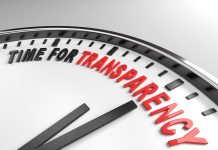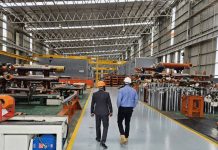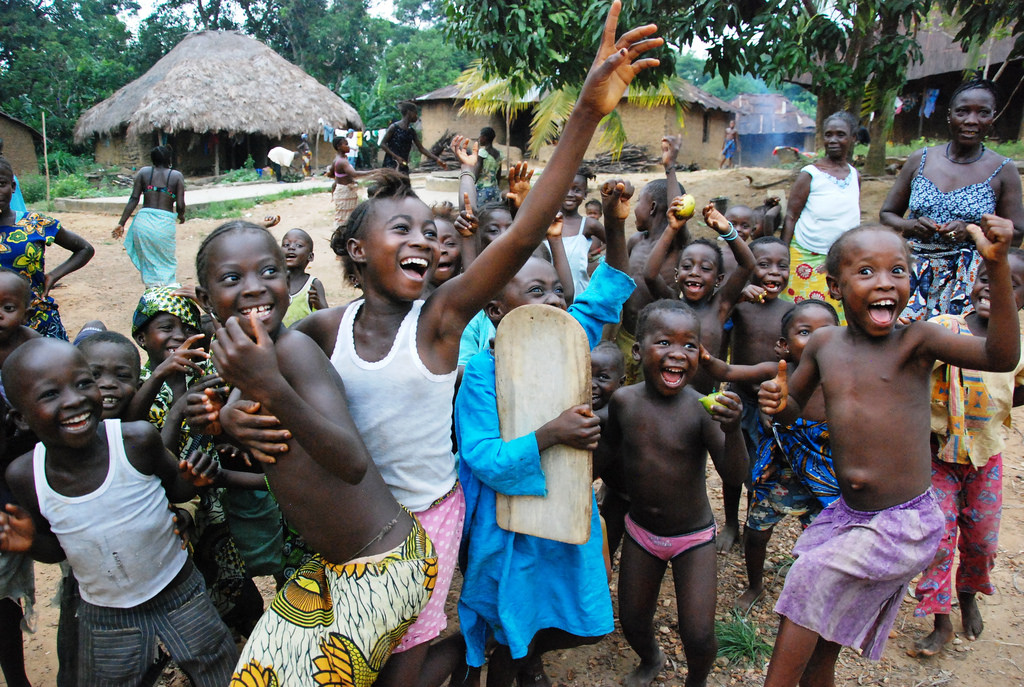1. It is one of the world’s biggest producers of diamonds
In 2017, Sierra Leone produced nearly 450 000 carats of diamonds, making it the world’s eighth-biggest producer. Other minerals mined in Sierra Leone include gold, rutile, iron ore, and bauxite. The largest alluvial diamond ever discovered was found in the country in 1972.
2. It was initially a colony for freed slaves
In the late 18th century, Sierra Leone (then called the Province of Freedom) was established as a place for freed slaves from the United States, Canada, and the Caribbean. The new settlers established Freetown, which is today the capital. Descendants of the freed slaves account for only two percent of the population, but they are influential in many facets of the country’s life. Liberia, one of Sierra Leone’s neighbours, was also started as a colony for freed slaves from North America.
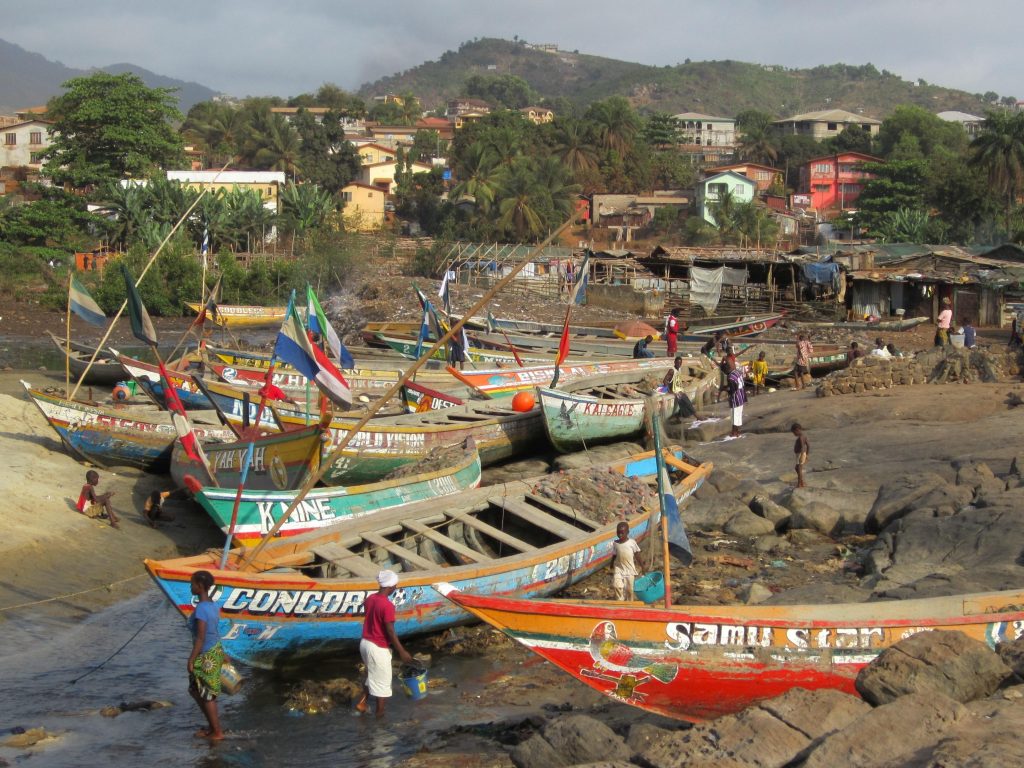
3. The country is named after a lion
The country’s name is a corrupted version of “Serra de Leão”, which means “Lioness Mountains” in Portuguese, and describes the unique shape of the hills around Freetown.
The largest alluvial diamond ever discovered was found in Sierra Leone in 1972.
4. Diamonds were at the heart of a brutal civil war
Diamonds featured prominently in the brutal civil war fought in Sierra Leone between 1991 and 2002, between the government and the Liberian-supported Revolutionary United Front (RUF). Most of the country’s diamonds were being traded illicitly at the time, and the government saw very little of the proceeds (although officials were often complicit in the trade). “Conflict” or “blood” diamonds helped finance the RUF during the war. Some 50 000 people are estimated to have died in the conflict.
5. Between 2002 and 2016, Sierra Leone had no traffic lights!
The first traffic light to be found in Sierra Leone since the end of the civil war was installed in Freetown in 2016 at a busy intersection. For many, it was a symbol of the nation’s recovery after the civil war. During the conflict, anything that could be used for scrap metal – including traffic lights – was taken by rebels to help fund their activities.
See also: Five things you didn’t know about…Mali


















